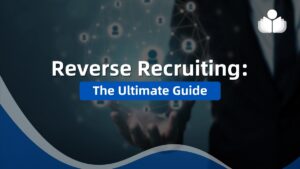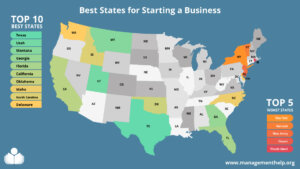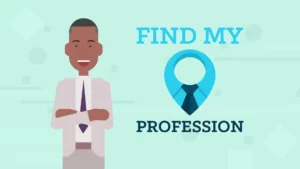New Paradigm in Management
© Copyright Carter McNamara, MBA, PhD, Authenticity Consulting, LLC.
Sections of This Topic Include
Driving Forces of Change
Traits of the New Paradigm
Additional Online Readings
New
Paradigm in Management
Also see
Related Library Topics
Also See the Library’s Blog Related to New Paradigm Management
In addition to the articles on this current page, see the following blog which
has posts related to New Paradigm Management. Scan down the blog’s page to see
various posts. Also see the section “Recent Blog Posts” in the sidebar
of the blog or click on “next” near the bottom of a post in the blog.
Driving Forces of Change
Around the 1960s and on to today, the environment of today’s
organizations has changed a great deal. A variety of driving forces
provoke this change. Increasing telecommunications has “shrunk”
the world substantially. Increasing diversity of workers has brought
in a wide array of differing values, perspectives and expectations
among workers. Public consciousness has become much more sensitive
and demanding that organizations be more socially responsible.
Much of the third-world countries has joined the global marketplace,
creating a wider arena for sales and services. Organizations became
responsible not only to stockholders (those who owned stock) but
to a wider community of “stakeholders.”
As a result of the above driving forces, organizations were
required to adopt a “new paradigm,” or view on the world,
to be more sensitive, flexible and adaptable to the demands and
expectations of stakeholder demands. Many organizations have abandoned
or are abandoning the traditional top-down, rigid and hierarchical
structures to more “organic” and fluid forms.
Today’s leaders and/or managers must deal with continual,
rapid change. Managers faced with a major decision can no longer
refer back to an earlier developed plan for direction. Management
techniques must continually notice changes in the environment
and organization, assess this change and manage change. Managing
change does not mean controlling it, rather understanding it,
adapting to it where necessary and guiding it when possible.
Managers can’t know it all or reference resources for
every situation. Managers must count on and listen more to their
employees. Consequently, new forms of organizations are becoming
more common, e.g., worker-centered teams, self-organizing and
self-designing teams, etc.
Traits of the New Paradigm
Marilyn Ferguson, in The New Paradigm: Emerging Strategic for
Leadership and Organizational Change (Michael Ray and Alan Rinzler,
Eds., 1993, New Consciousness Reader), provides a very concise
overview of the differences between the old and new paradigm.
(The following is summarized.)
|
Old Paradigm |
New Paradigm |
| promote consumption at all costs | appropriate consumption |
| people to fit jobs | jobs to fit people |
| imposed goals, top-down decision making | autonomy encouraged, worker participation |
| fragmentation in work and roles | cross-fertilization by specialists seeing wide relevance |
| identification with job | identity transcends job description |
| clock model of company | recognition of uncertainty |
| aggression, competition | cooperation |
| work and play separate | blurring of work and play |
| manipulation and dominance | cooperation with nature |
| struggle for stability | sense of change, of becoming |
| quantitative | qualitative as well as quantitative |
| strictly economic motives | spiritual values transcend material gain |
| polarized | transcends polarities |
| short-sighted | ecologically sensitive |
| rational | rational and intuitive |
| emphasis on short-term solutions |
recognition that long-range efficiency must take in to account harmonious work environment |
| centralized operations | decentralized operations when possible |
| runaway, unbridled technology | appropriate technology |
| allopathic treatment of symptoms |
attempt to understand the whole, locate deep underlying causes of disharmony |
Additional Online Readings
Devising
a Paradigm-shifting Device
Management Styles
also
see “Future of Management Development”
Management as a Profession: A Business Lawyer’s
Critique
For the Category of Management:
To round out your knowledge of this Library topic, you may
want to review some related topics, available from the link below.
Each of the related topics includes free, online resources.
Also, scan the Recommended Books listed below. They have been
selected for their relevance and highly practical nature.
 Sections of this topic
Sections of this topic

















